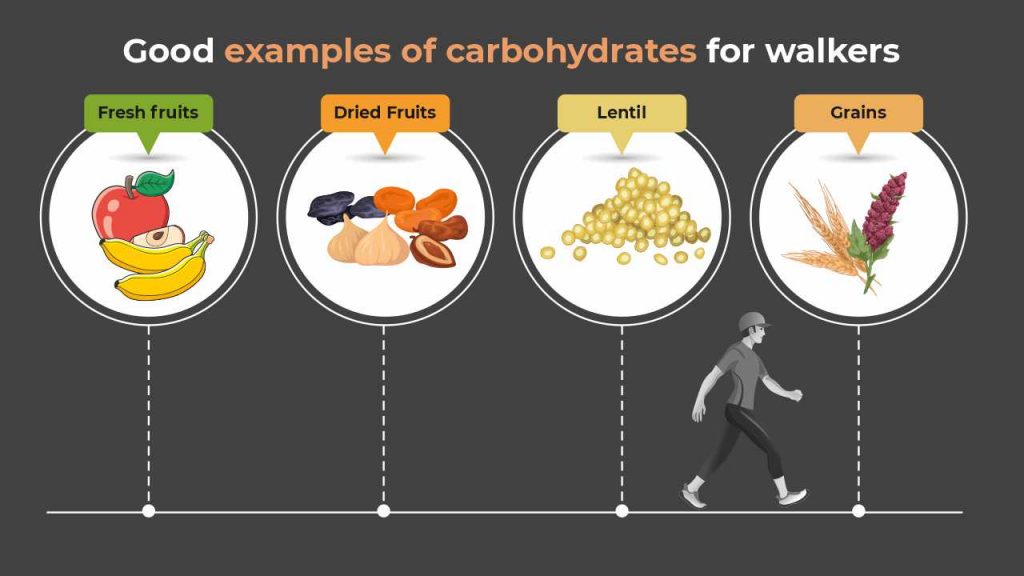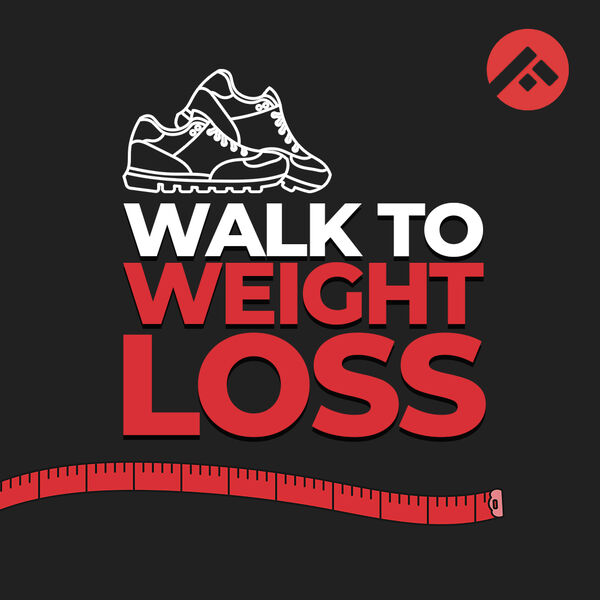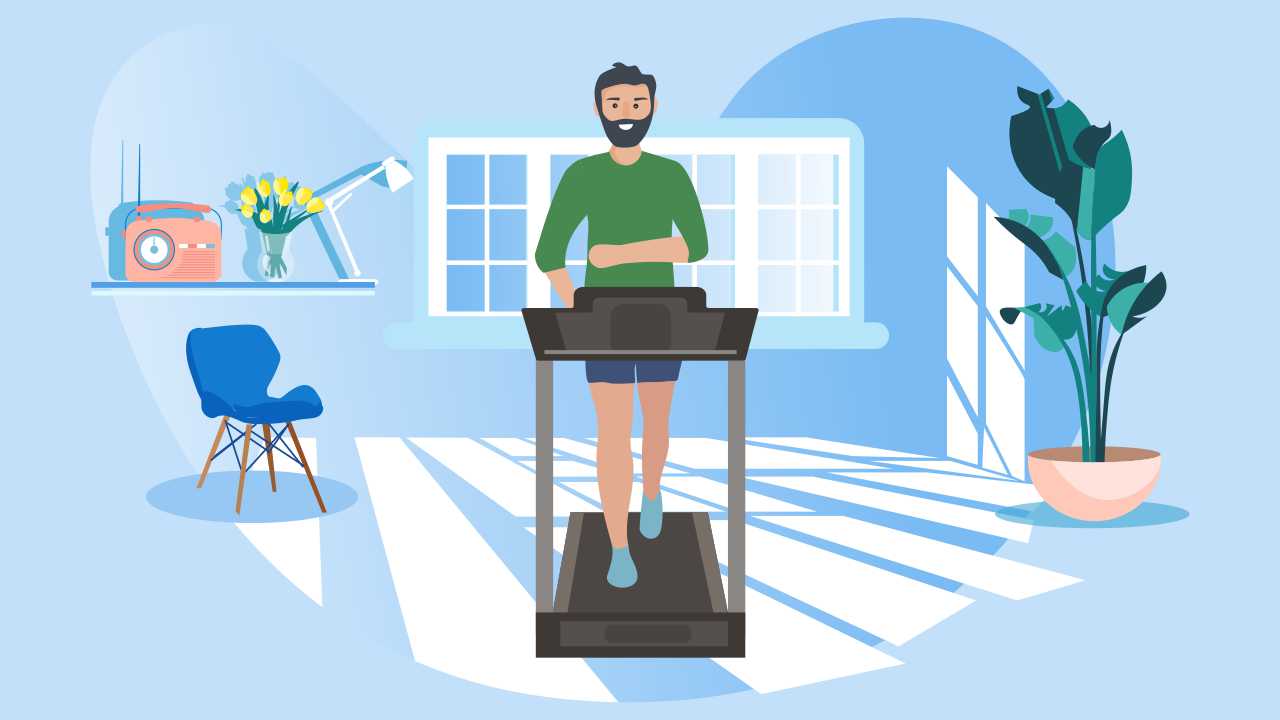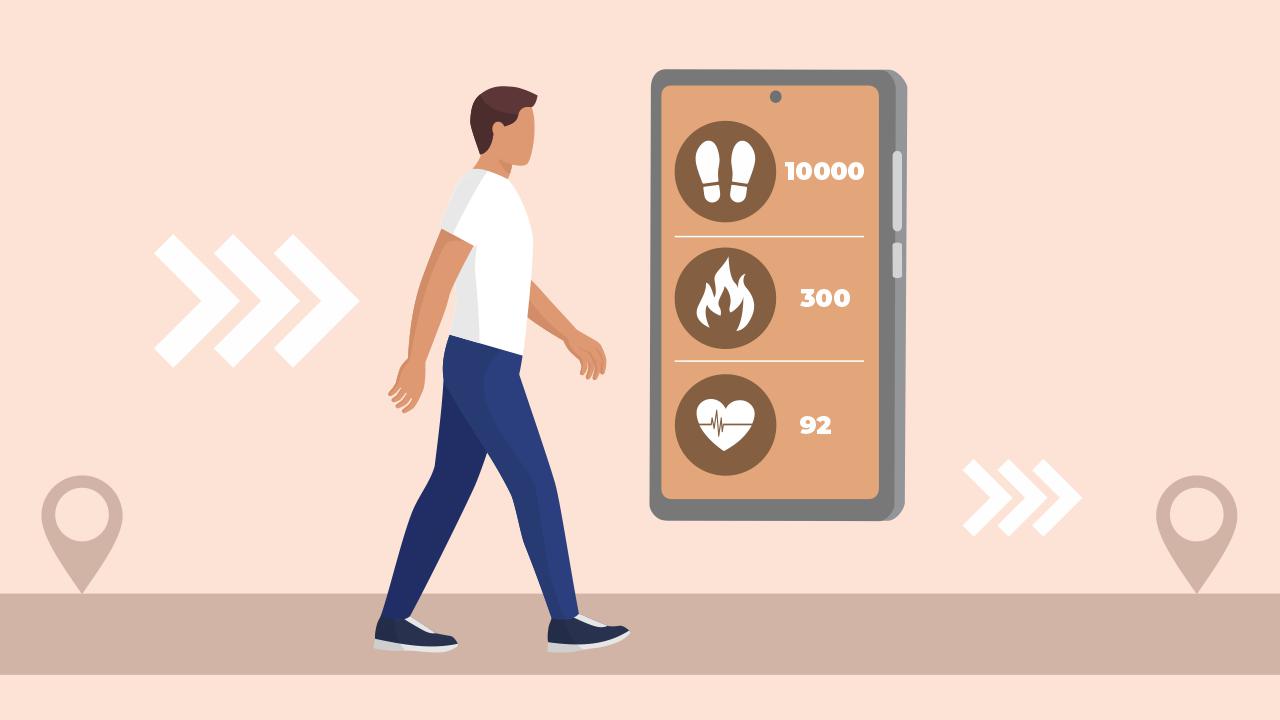
Nutrition Tips for Long-distance Walking

Planning proper fueling and hydration for long-distance walking is necessary and can be quite challenging. Any activity over 90 minutes requires the consumption of an electrolyte beverage that contains carbohydrates. The duration and intensity of the walks will determine which type and how much food you will need. This is when a few nutritional tips can come in handy. A proper diet before, during, and after training will build the strength and stamina to stay healthy and uninjured.
How can you create a nutrition plan for long-distance walks?
You need to have an effective nutritional plan if you walk six-seven days a week for over 90 minutes daily. Your diet plan should match the training plan — it should be lighter on easy days and fuller on hard-training days.
Also watch: Should You Eat Before Your Daily Walk?
Your body requires carbohydrates to replenish what is being used and to maintain muscle function and repair. This macronutrient makes up the foundation of a strategic fueling plan. A few nutritional tips related to the consumption of carbohydrates include:
- 20g-30g of carbohydrates before walking
- 20g-40g of carbohydrates per hour during your walking (depending on the intensity and terrain of the walk)
- 15g-30g of carbohydrates after the walk

If you walk at a relatively slower pace but for longer durations over two hours, then items like sports bars, trail mix (mixed nuts and dried fruits), and granola can be useful due to their slower absorption and longer-lasting energy supply.
Which other nutrient should you consume and why?
The other most important macronutrient that you may consume is protein. Out of the three main daily meals, incorporate protein snacks like lean meats, hard-boiled eggs, and yogurt in one of your meals. Consuming protein regularly throughout the day is more beneficial than one-two larger servings for absorption and muscle repair after workouts. Meeting your daily protein requirements may be a challenging task. So you may consider foods like fish, legumes, and hemp seeds that contain more than 10g per serving.
Which food items should you cut down while doing long-distance walks?
Long-distance walks do not involve high-intensity exertion. So sports gels and chews are less useful and may contribute to weight gain or rise in blood sugar. Use these sparingly or in race-walking situations.
Also watch: Do You Need to Change Your Diet On a Walking Regime?
Importance of hydration during long-distance walks
Despite not doing high-intensity running you need to meet your hydration needs during long-distance walks to account for energy expenditure and sweating. The factors that influence your hydration needs include the ambient temperature, body size, gender, and exertion level. If you weigh more and walk in hotter conditions, your sweat rate will be higher and hydration needs will rise.
Regular fluid consumption throughout the walk and properly rehydrating after walking will actively prevent dehydration. Moreover, you will be ready to walk again the next day. The specific electrolytes that need replenishing are sodium, potassium, magnesium, and calcium. A good trick for staying hydrated while exercising is drinking before getting thirsty and taking small sips at regular intervals.
How can you track your progress?
While fitness trackers are not 100% accurate, they can give an idea of the calories you are expending while walking. Once you know about what you are burning, consume a balanced diet aligned with your personal body composition goals.
Working with a sports dietitian can help line up everything. You end up consuming all nutrients and refrain from over-consuming unnecessary food items. Sticking to a nutritious diet rich in complex carbohydrates and proteins, and maintaining daily hydration levels will help you train and recover like a pro.
References
1. Schoenfeld BJ, Aragon AA. How much protein can the body use in a single meal for muscle-building? Implications for daily protein distribution. J Int Soc Sports Nutr 2018; 15:10.














